For nearly 370,000 years after the Big Bang, the universe was shrouded in a dense fog of primordial gas, known as the Dark Ages. This era was marked by a lack of stars and an opaque cosmic haze.
As the universe expanded and cooled, protons and electrons combined to form neutral hydrogen atoms. This process allowed thermal radiation from the Big Bang to travel freely, a remnant of which we now observe as the cosmic microwave background
The Dawn of Light: Epoch of Reionization
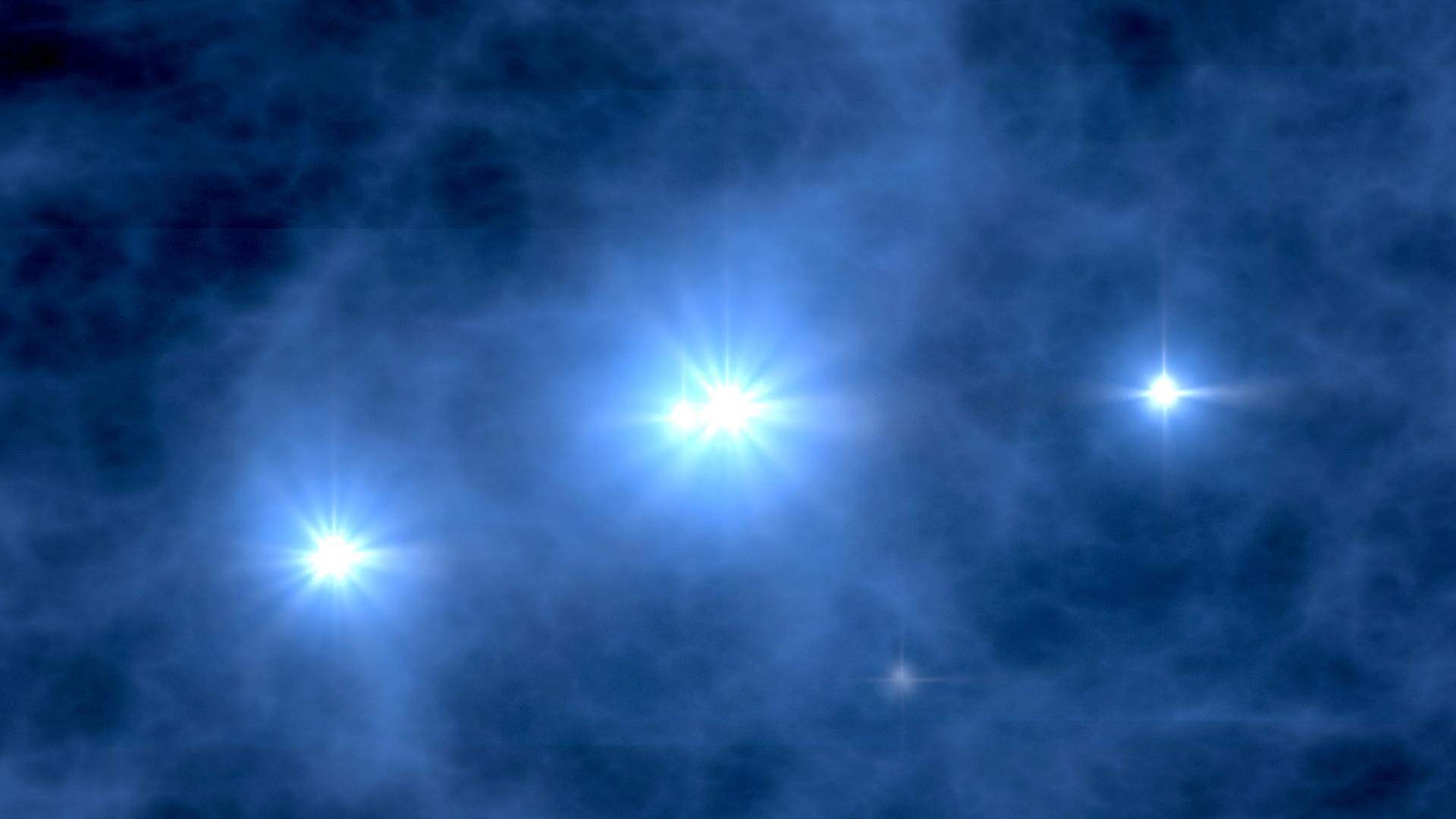
The Epoch of Reionization began when the first stars ignited, emitting ultraviolet light that started to ionize the surrounding hydrogen gas. These early stars created bubbles of ionized gas that eventually merged, clearing the cosmic fog.
This transition from darkness to light marked a pivotal moment in the universe’s history, allowing light to spread across space and revealing the universe as we observe it today.
Cosmic Microwave Background Insights
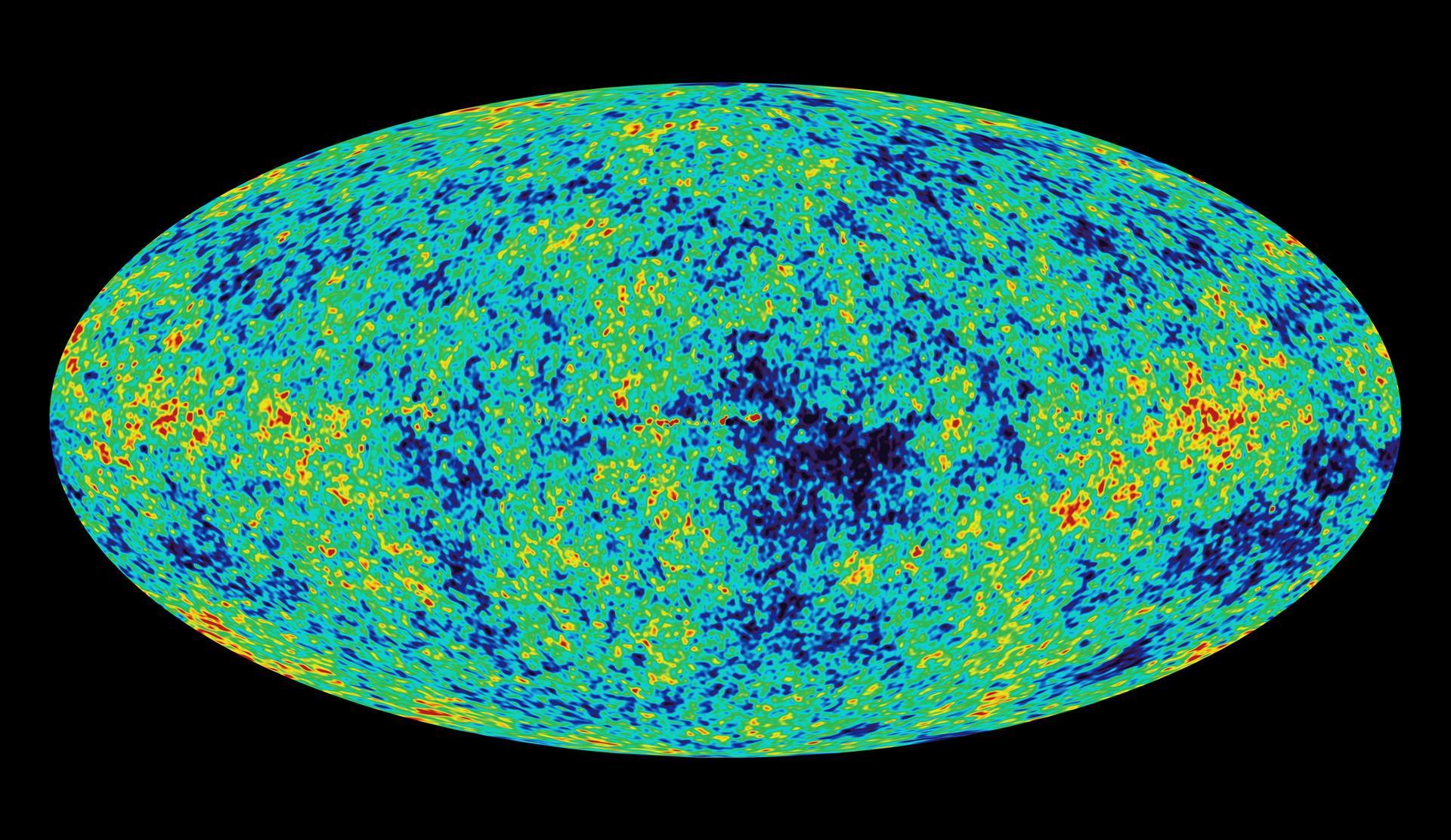
Studies of the CMB, starting with missions like COBE and WMAP, have provided crucial insights into the early universe. These observations revealed tiny fluctuations in density, helping establish the universe’s age at about 13.8 billion years.
The CMB also reflects the universe’s initial conditions, offering a snapshot of the cosmos just after the Big Bang and setting the stage for understanding later cosmic events.
Role of The Early Galaxies
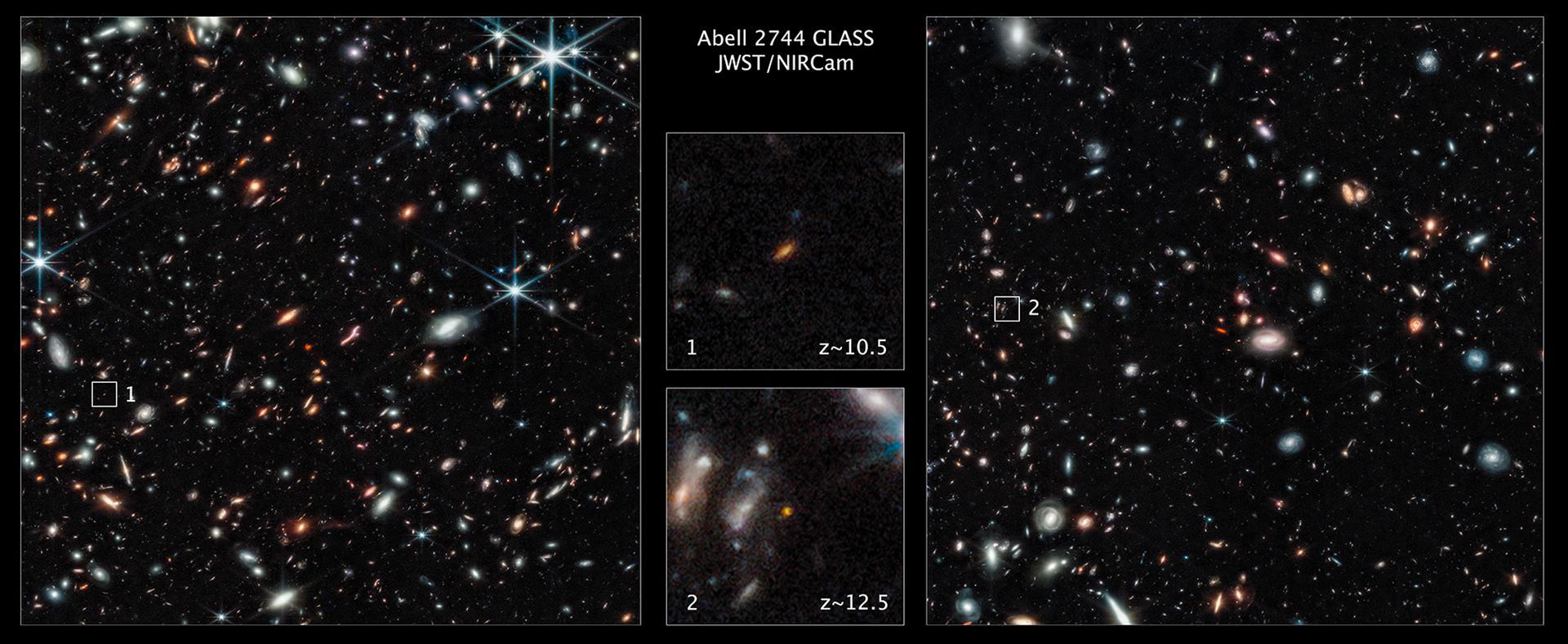
Early galaxies, formed from collapsing regions of high gas density, were key players in the reionization process. Despite their small size, these galaxies were powerful sources of radiation that helped clear the universe of its primordial fog.
Their energetic output significantly altered the chemical makeup of the universe, paving the way for the formation of more complex structures.
Supernova and Chemical Evolution
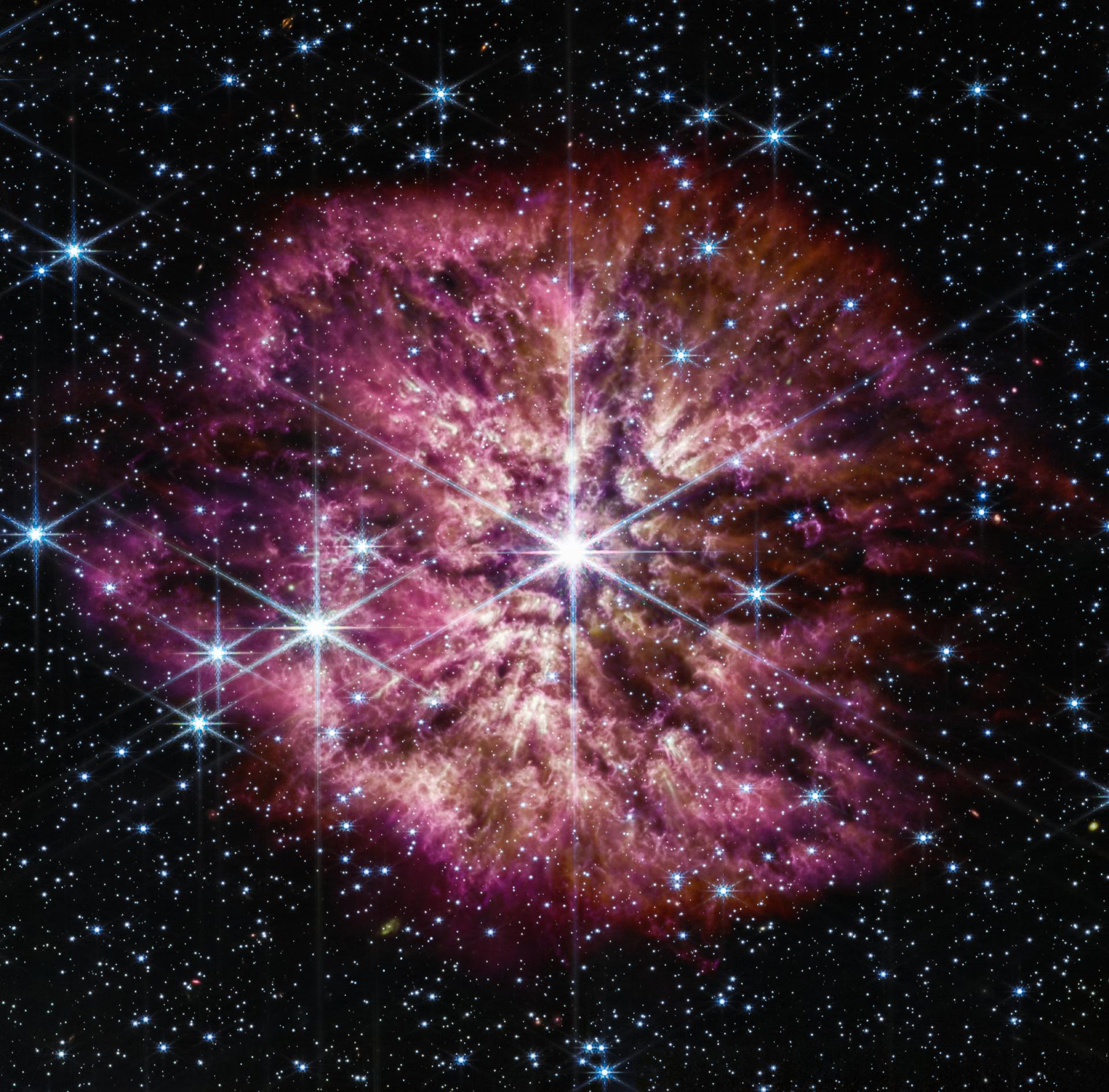
Supernova from the first stars played a critical role in enriching the universe with heavier elements. These stellar explosions spread elements like carbon, oxygen, and iron, which are essential for forming planets and life as we know it.
This chemical enrichment was vital for the subsequent development of galaxies and planetary systems.
Challenges of Observing the Early Universe
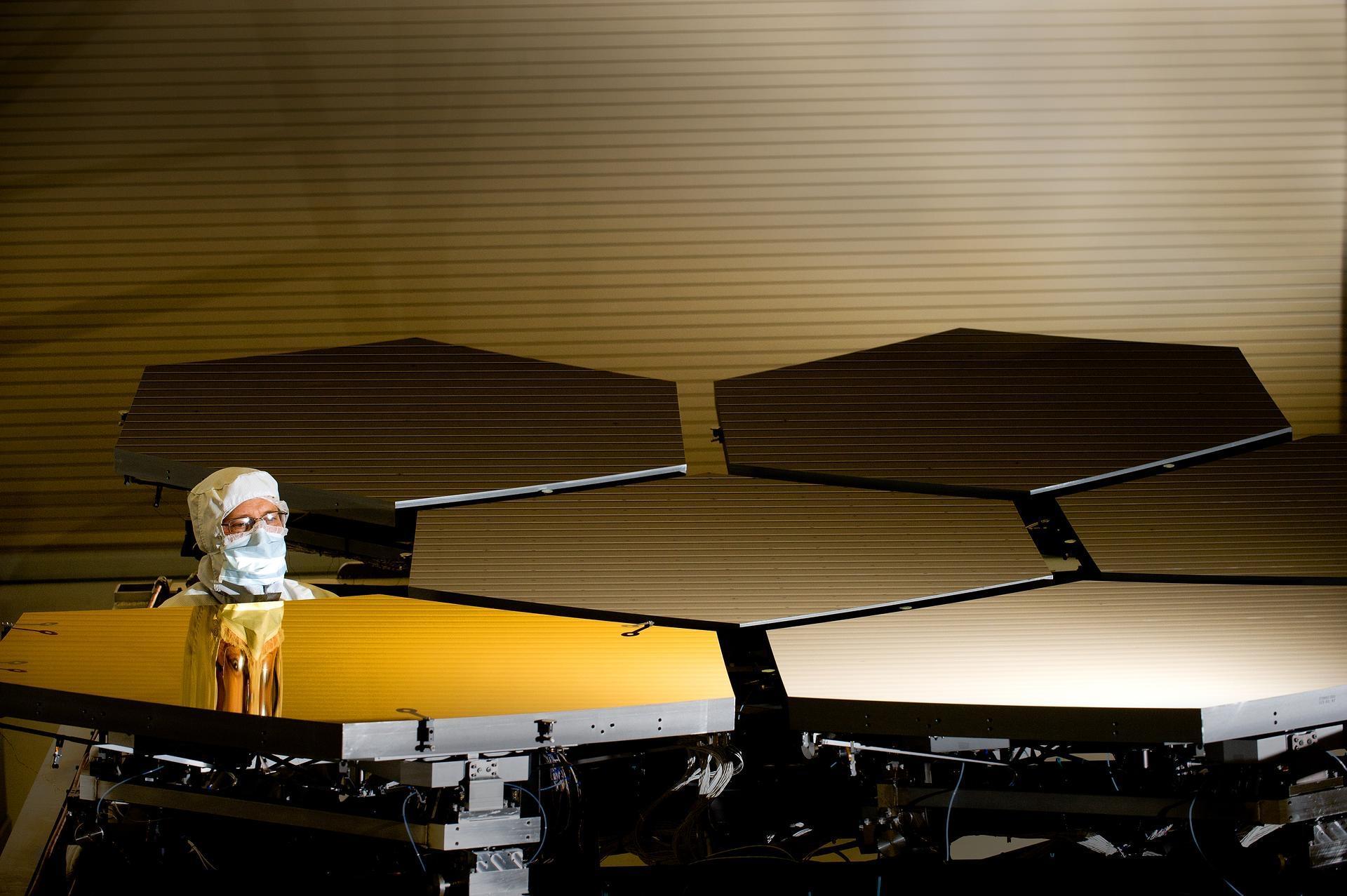
Studying the Epoch of Reionization has been challenging due to the faintness of the early galaxies. The James Webb Space Telescope (JWST) has been instrumental in overcoming these challenges, using its advanced instruments to peer into the distant past.
JWST’s ability to observe in near-infrared allows scientists to detect and analyze these ancient cosmic structures with unprecedented detail.
Future Observations and Important Questions
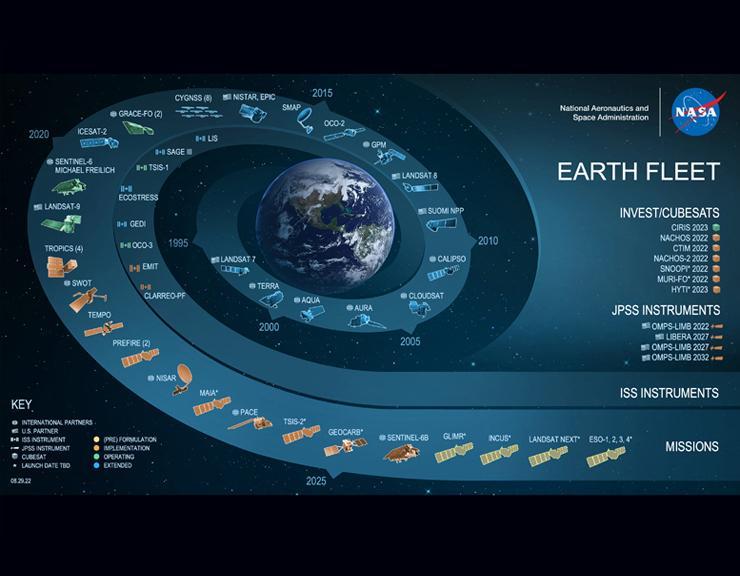
Future ground-based observatories equipped with adaptive optics will provide even deeper insights into the early universe. Key questions include understanding the role of early galaxies in reionization and the processes driving galaxy formation.
These advanced studies will refine our understanding of how the first galaxies and stars shaped the cosmos.
Adaptive Optics and Advanced Imaging
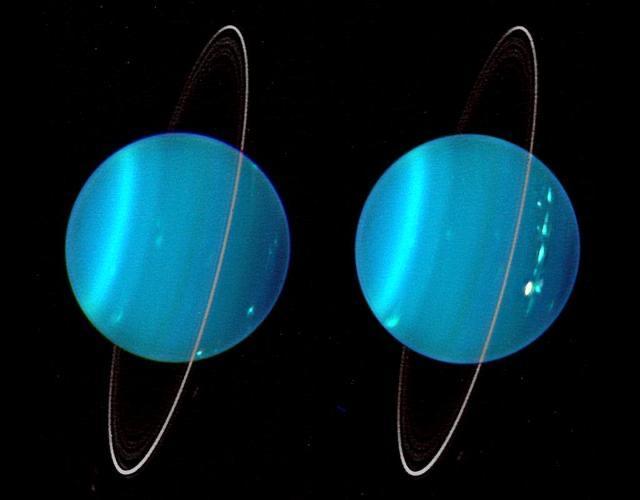
Adaptive optics will enhance the resolution of observations, enabling astronomers to study the formation and evolution of early galaxies more precisely. This technology corrects for distortions caused by Earth’s atmosphere, providing clearer images of distant cosmic phenomena.
(An infrared composite image of the two hemispheres of Uranus obtained with Keck Telescope adaptive optics)
This advancement is crucial for mapping the distribution and properties of ancient galaxies.
Evolution of Early Galaxies
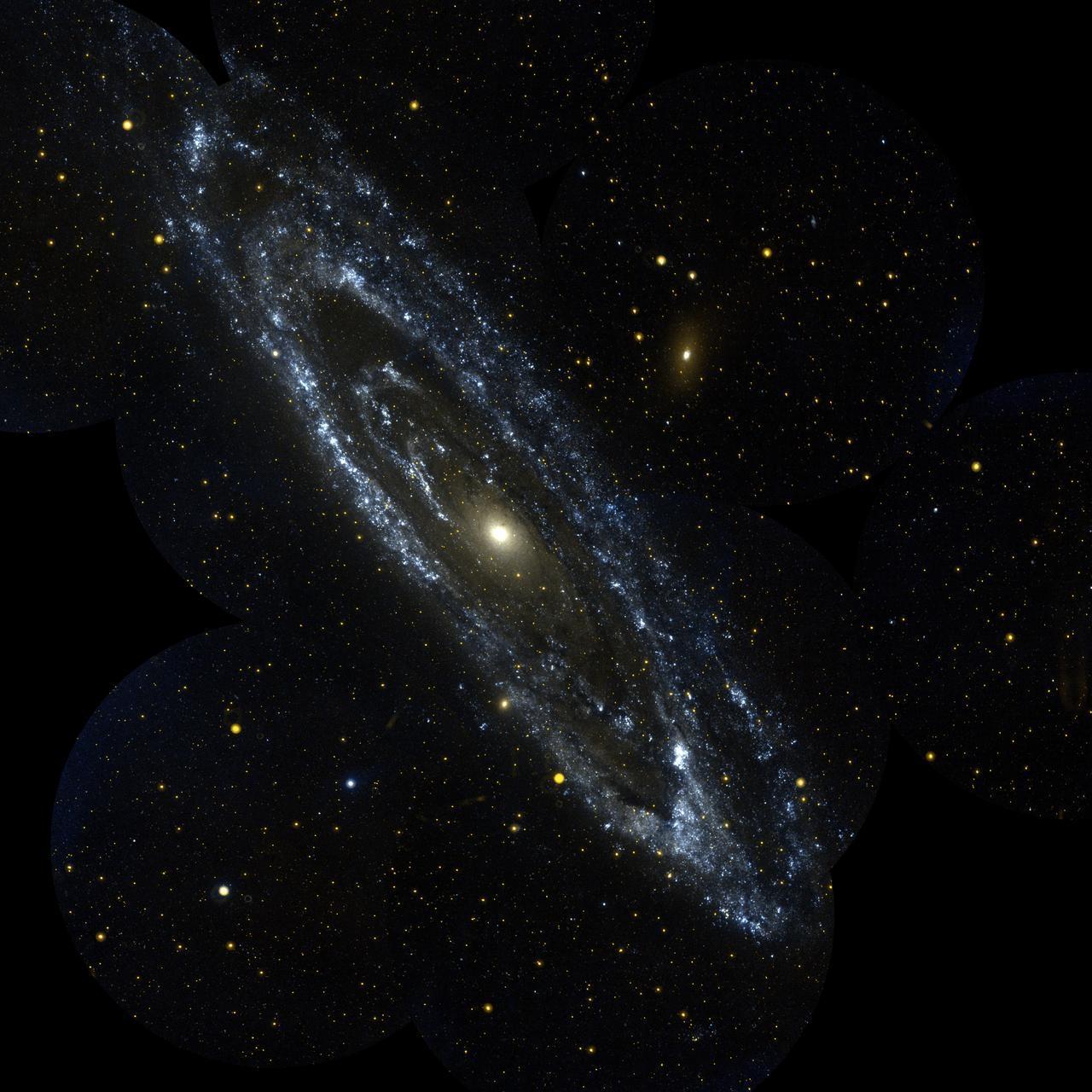
Research into the evolution of early galaxies will focus on how these small, primitive structures grew and merged to form the larger galaxies we see today. High-resolution imaging and Doppler studies will offer insights into their dynamics and growth.
Understanding these processes will shed light on the transition from primordial gas clouds to complex galactic systems.
Understanding Early Star Formation
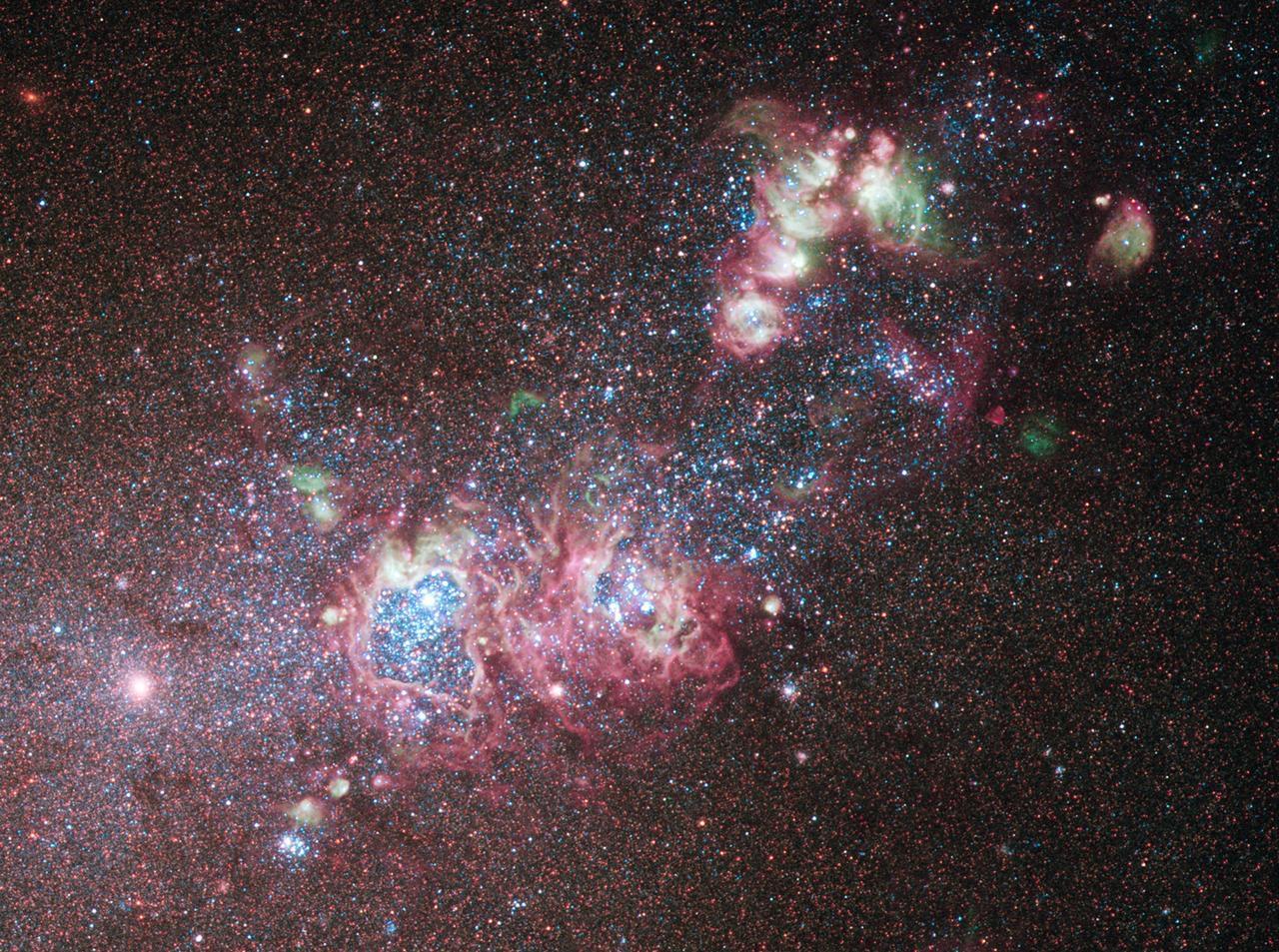
Early star formation is a complex process influenced by factors such as gas cooling, supernova feedback, and interactions with supermassive black holes. Studying these processes in the context of the first stars will enhance our understanding of how the universe’s first stars and galaxies formed.
These early stars, known as Population III stars, played a crucial role in the universe’s development, and their study remains a central focus in cosmic research.

